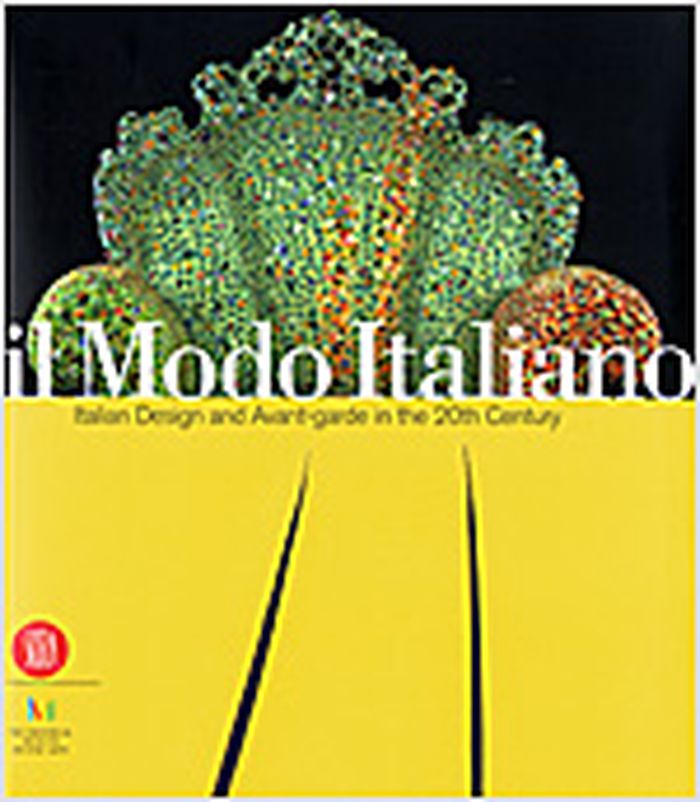Max Huber
$99.95
(disponible sur commande)
Résumé:
Max Huber (1919—92) is one of the most significant graphic designers of the twentieth century. In this comprehensive monograph, the first to be published, the authors trace and illustrate Huber's entire career, from his early years in Switzerland to his more mature work in Italy. This fully illustrated survey of his work demonstrates that Huber was among the first to(...)
janvier 2005, London, New York
Max Huber
Actions:
Prix:
$99.95
(disponible sur commande)
Résumé:
Max Huber (1919—92) is one of the most significant graphic designers of the twentieth century. In this comprehensive monograph, the first to be published, the authors trace and illustrate Huber's entire career, from his early years in Switzerland to his more mature work in Italy. This fully illustrated survey of his work demonstrates that Huber was among the first to apply the aesthetics of the avant-garde to a corporate and commercial environment, creating formal solutions that he would go on to use throughout his life.
$105.00
(disponible sur commande)
Résumé:
This catalogue is published in conjunction with "Il modo italian - Italian design and avant-garde in the 20th century", an exhibition produced by the Montreal Museum of Fine Arts in collaboration with the Royal Ontario Museum, Toronto, and the Mart – Museo di Arte Moderna e Contemporanea di Trento e Rovereto. Italian design has spanned the whole of the twentieth century,(...)
Il modo italiaono - Italian design and avant-garde in the 20th Century
Actions:
Prix:
$105.00
(disponible sur commande)
Résumé:
This catalogue is published in conjunction with "Il modo italian - Italian design and avant-garde in the 20th century", an exhibition produced by the Montreal Museum of Fine Arts in collaboration with the Royal Ontario Museum, Toronto, and the Mart – Museo di Arte Moderna e Contemporanea di Trento e Rovereto. Italian design has spanned the whole of the twentieth century, leaving a highly distinctive mark on the way that the form of objects of everyday use is perceived in industrial and contemporary society. This “Italian way” has succeeded, through a complex and hesitant process of industrial innovation and technological updating, in developing an independent and multifaceted culture of design capable of marrying the country’s rich craft tradition with an often fiercely resisted aspiration to modernity made up of flashes of improvisation and irony, and associated with an arduous bent for experimentation. The exhibition, with around 400 works chosen from among the most representative of artistic research and the culture of design in Italy in the twentieth century, is arranged chronologically, with four sections that define the different periods in the philosophical, economic, and aesthetic discourse that has accompanied the recent history of art and design in Italy. The survey brings to light the “philosophies” of design and the “aesthetics” that found a strong and dialectical expression right through the last century in Italy, and that are at the root of the country’s characteristic and lively cultural debate between art and design.
Design d’intérieur

